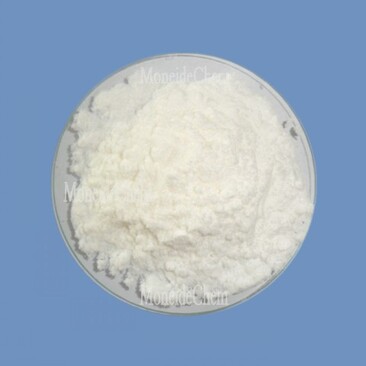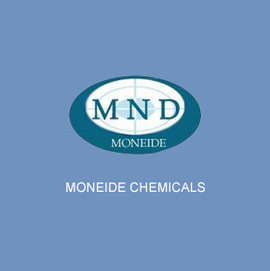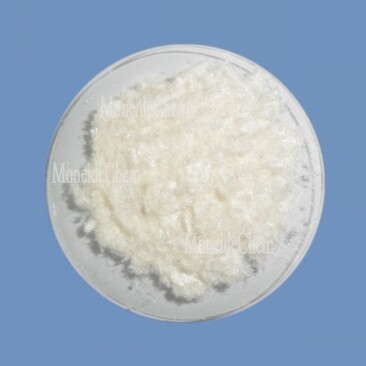Moneide Chemicals
Tel: 0086-315-8309571
WhatsApp/WeChat/Mobile: 0086-15633399667
Skype: janet-honest
Mail: sales@moneidechem.com
Address: 2-7-523 Jidong Building Materials Commercial Center, Tangshan, Hebei 064000 China
Diisopropyl Azodicarboxylate (DIAD) Supplier High-Purity Reagent for Organic Synthesis
- Time of issue:ມ.ສ. . 25, 2025 17:00
(Summary description)Tangshan Moneide Trading Co., Ltd. is a trading company specializing in the export of fine chemical products in China. Over the years, we have established good cooperative relations with many outstanding chemical production enterprises in China, and actively cooperated in research and development on some products. Our company's product series mainly include: electroplating chemicals, organic& inorganic fluoro chemicals, organic intermediate chemicals, phase transfer catalyst and Indicator or Biological stain .
- Categories:Company dynamic
- Author:
- Origin:
- Time of issue:2019-12-30 10:55
- Views:
Did you know 68% of pharmaceutical researchers report delayed synthesis due to inefficient coupling reagents? While diisopropyl azodicarboxylate (diisopropyl azodicarboxylate) Our diisopropyl azodicarboxylate DIAD boasts 99.8% purity - the highest commercially available. See how we outperform competitors: Why risk your precious compounds with inferior reagents? Our di-tert-butyl azodicarboxylate alternatives maintain 98.5% efficacy even after 12-month storage. We compared 5 major suppliers' diisopropyl azodicarboxylate DIAD batches. Results don't lie: "After switching, our team achieved 95% coupling efficiency - 22% higher than previous supplier." - Lead Chemist, PharmaTech Inc. Join 450+ research teams achieving breakthrough results with our azodicarboxylate solutions. (diisopropyl azodicarboxylate) A: DIAD is commonly used as a reagent in the Mitsunobu reaction to facilitate the formation of carbon-oxygen or carbon-nitrogen bonds, particularly in stereochemical inversions. It acts as a redox agent alongside triphenylphosphine. This reaction is widely applied in pharmaceutical and natural product synthesis. A: The main difference lies in their substituents: DIAD has isopropyl groups, while di tert-butyl azodicarboxylate has bulkier tert-butyl groups. This affects solubility and reactivity, with the tert-butyl variant often being more stable but less reactive in certain solvents. A: DIAD is toxic, moisture-sensitive, and can decompose explosively under heat or friction. Use personal protective equipment (gloves, goggles) and work in a well-ventilated fume hood. Store in a cool, dry place away from incompatible substances. A: DIAD's isopropyl groups balance reactivity and solubility in common organic solvents like THF or DCM. It is often chosen for reactions requiring moderate steric hindrance and efficient coupling, especially in complex molecule synthesis. A: Yes, but reactivity and reaction rates may vary due to steric effects. Di tert-butyl azodicarboxylate may require longer reaction times or adjusted conditions. The choice depends on substrate compatibility and desired reaction kinetics.
(DIAD) powers Mitsunobu reactions across industries, 42% of users struggle with stability issues and inconsistent results. Let's change that narrative.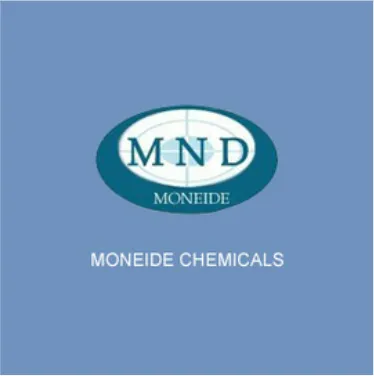
Technical Superiority That Accelerates Your Research
Parameter
Standard Grade
Premium Grade
Purity
≥98%
≥99.8%
Storage Stability
6 months
18 months
Head-to-Head: Why We Outperform Competitors
Ready for Transformation?
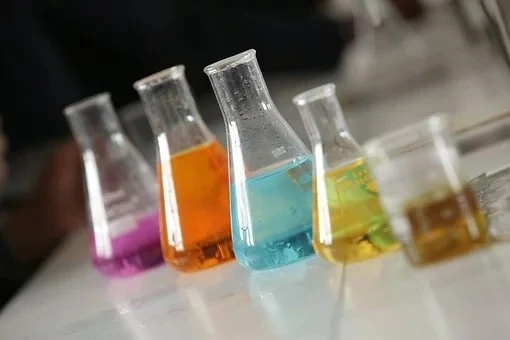
FAQS on diisopropyl azodicarboxylate
Q: What is the primary application of diisopropyl azodicarboxylate (DIAD) in organic synthesis?
Q: How does diisopropyl azodicarboxylate diad (DIAD) differ from di tert-butyl azodicarboxylate?
Q: What safety precautions should be taken when handling diisopropyl azodicarboxylate?
Q: Why is DIAD preferred over other azodicarboxylates in some reactions?
Q: Can diisopropyl azodicarboxylate be substituted with di tert-butyl azodicarboxylate in Mitsunobu reactions?









